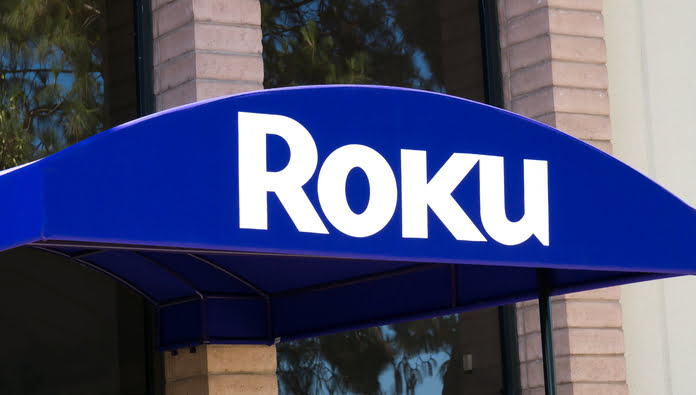Roku (NASDAQ:ROKU) witnessed a remarkable upswing, with its stock surging by as much as 30% during midday trading on Thursday. The surge was driven by the company’s strong fourth-quarter guidance and indications of a recovery in its ad revenue.
Roku anticipates adjusted EBITDA of $10 million in the fourth quarter, a significant contrast to the expected loss of $57.6 million, as per consensus estimates from Bloomberg. Furthermore, the company projects fourth-quarter revenue to be approximately $955 million, surpassing Wall Street estimates. The total gross profit is expected to reach around $405 million.
Roku has undertaken various cost-cutting measures, including layoffs, to reduce its operating expenses. Despite these efforts, the company remains committed to achieving positive adjusted EBITDA for the entire year 2024, with further improvements expected beyond that timeframe.
In the third quarter, Roku reported net revenue of $912 million, marking a 20% year-over-year increase, while incurring a net loss of $330.1 million, or $2.33 per share. This net loss was wider compared to the previous year’s loss of $122.2 million.
Platform revenue, which encompasses ad sales, revenue from distribution agreements, and the over-the-top streaming service The Roku Channel, reached $744 million. This represented an 18% increase over the previous year, following a 1.5% decline in the first quarter and an 11% growth in the second quarter. The surge was attributed to robust performance in content distribution and a substantial rebound in video advertising.
Roku highlighted that the year-over-year growth in video advertising on its platform outperformed both the overall ad market and the linear TV ad market in the United States during the third quarter. The company also noted that it observed continued signs of a rebound despite the challenging macroeconomic environment.
In contrast, traditional linear TV ad spend in the United States declined by 12% year-over-year, while traditional TV ad scatter, referring to unsold ad inventory from the Upfronts, decreased by 27% compared to the previous year, according to data from the Standard Media Index (SMI).
Roku reported increased spending in brand advertising on its platform, particularly in categories like health and wellness and consumer packaged goods. However, media and entertainment (M&E) remained subdued due to an ongoing actors’ strike and a recently resolved writers’ strike, with management cautioning that M&E might present challenges in the fourth quarter.
Analysts, on the other hand, expect a rebound in the M&E category, anticipating accelerated growth in the coming year. Wells Fargo analyst Steve Cahall maintained his Equal Weight rating but raised his price target to $77 per share from the previous $70, emphasizing the potential for an M&E recovery in 2024.
Bank of America analyst Ruplu Bhattacharya pointed out that Roku’s scale positions it as an appealing platform for advertisers, with the expectation that more advertising dollars will shift to connected TV over time. Bhattacharya reiterated his Buy rating and a price target of $93 per share.
Oppenheimer analyst Jason Helfstein predicted that Roku will continue to lead the connected TV market and leverage its advantages in pricing and merchandising. He lowered his price target to $100 from $110 but maintained an Outperform rating, highlighting the better-than-expected platform revenue results.
Roku added 2.3 million active accounts in the quarter, reaching a total of 75.8 million, reflecting a 16% year-over-year increase. Although there was a decline in the average revenue per user (ARPU) to $41.03, down 7% year-over-year, it did increase by 1% sequentially.
Streaming hours also saw a significant uptick, with 26.7 billion hours, an increase of 4.9 billion hours compared to the previous year’s period. Macquarie analyst Tim Nollen stated that the fundamentals of Roku are strengthening and maintaining an Outperform rating and a $93 price target.
Nollen added that other catalysts, such as the eventual end of the actors’ strike and improvements in digital ad trends, would strengthen the bullish case. He also expects traction in device sales and connected TV ads to boost the share price over the medium term.
Featured Image: Megapixl















